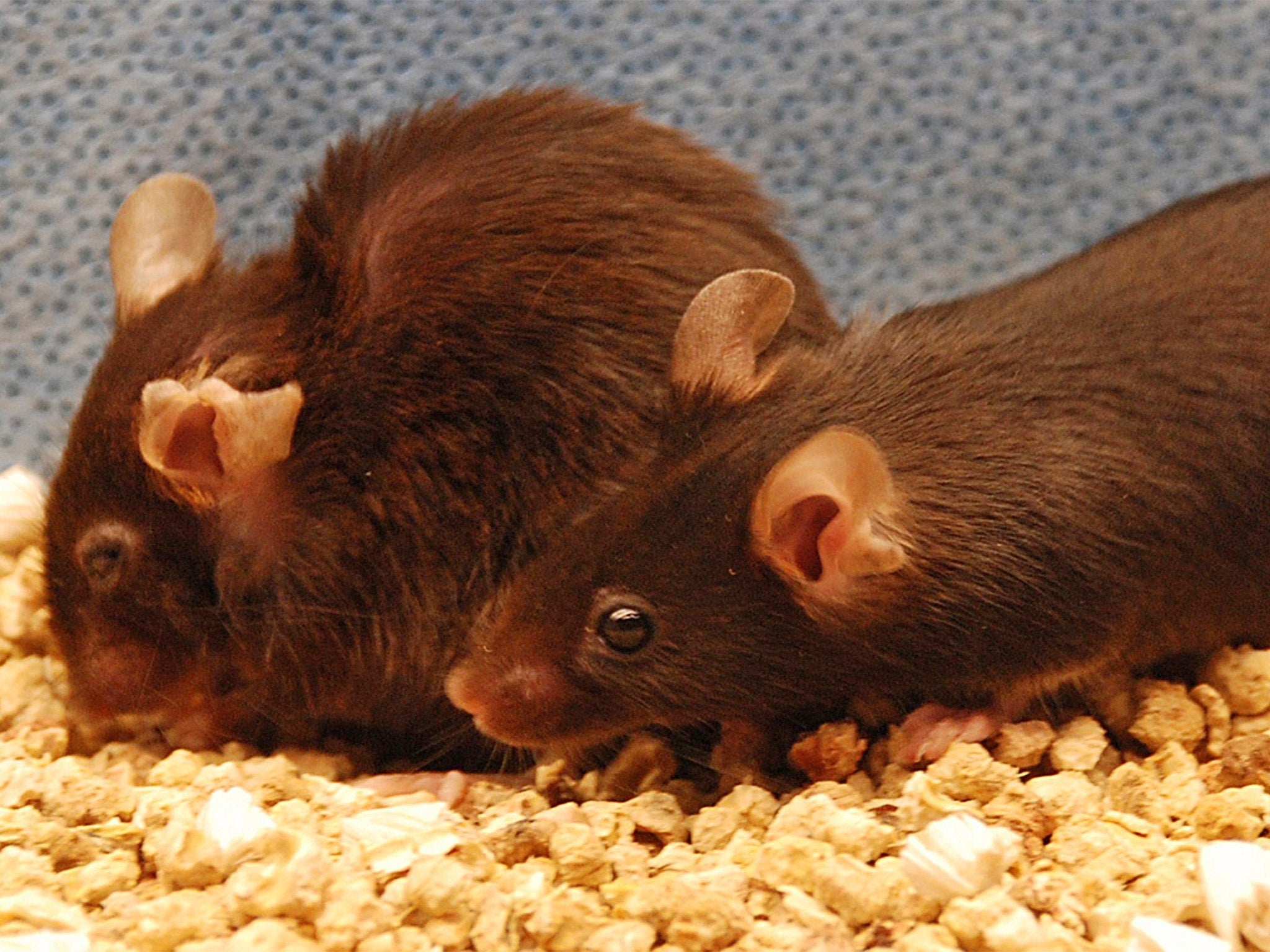'Fountain of youth' treatment could be on horizon after scientists extend lifespan of mice by 35%
Scientists remove 'senesent' cells that accumulate with age from GM mice in extraordinary experiment

Your support helps us to tell the story
From reproductive rights to climate change to Big Tech, The Independent is on the ground when the story is developing. Whether it's investigating the financials of Elon Musk's pro-Trump PAC or producing our latest documentary, 'The A Word', which shines a light on the American women fighting for reproductive rights, we know how important it is to parse out the facts from the messaging.
At such a critical moment in US history, we need reporters on the ground. Your donation allows us to keep sending journalists to speak to both sides of the story.
The Independent is trusted by Americans across the entire political spectrum. And unlike many other quality news outlets, we choose not to lock Americans out of our reporting and analysis with paywalls. We believe quality journalism should be available to everyone, paid for by those who can afford it.
Your support makes all the difference.Elixir-of-youth treatments that slow ageing could be on the horizon after an extraordinary experiment in which the lifespan of mice was extended by up to 35 per cent.
The secret is to remove “senescent”, or worn-out, cells that accumulate with age and have a destructive effect on the body, scientists found.
When this was done in genetically modified mice, the effects were dramatic. Treated animals lived 25 to 35 per cent longer, and in many respects they were healthier too.
The mice remained more active and their hearts and kidneys functioned better than mice left to age naturally. Their body tissues and organs also bore less evidence of damaging inflammation, and they grew fewer tumours.
Scientists are unsure to what extent humans might benefit from the discovery. But research groups are already hunting for compounds that would target senescent cells and form the basis of treatments to slow the ageing process.
Dr Darren Baker, the US scientist who led the Mayo Clinic team behind the mouse study, said: “It is not a far-fetched idea to think that there will be things coming down the pipeline that influence or remove these senescent cells.”
Senescent cells are old, defective and potentially dangerous cells that no longer divide. They can still do harm, however, by secreting molecules that damage neighbouring tissues and trigger chronic inflammation.
For this reason, senescent cells are closely associated with age-related diseases and frailty. Although the immune system sweeps them away regularly, this process becomes less effective with time and the cells are allowed to accumulate.
The Mayo Clinic team sought to establish what would happen if middle-aged mice were protected against the effects of senescent cells.
A strain of GM mouse was created with a “suicide gene” that targeted and killed off senescent cells when activated by a drug.
Describing the research in an interview with the journal Nature, which published the results, Dr Baker said: “All of the mice that were treated to remove their senescent cells had a lifespan extension neighbouring from 25 to 35 per cent.
“In all cases we found there is significant health and lifespan extension.”
The treatment had no obvious negative side-effects, the scientists reported.
Because the research technique relied on genetic engineering it could not be directly applied to humans, said Dr Baker.
But he knew of “a variety of groups” that were trying to track down compounds which selectively wiped out senescent cells.
He added: “Because senescent cells do not proliferate rapidly, a drug could efficiently and quickly eliminate enough of them to have profound impacts on healthspan and lifespan.”
Although removing senescent cells overcame many of the effects of ageing, it did not have an impact on all of them, the research showed.
Declines in motor performance, muscle strength and memory remained unaltered, the scientists found.
This might reflect the limitations of the genetically engineered mouse strain used in the experiment, or it could be evidence that senescent cells are linked to some aspects of ageing but not others, the scientists said.
Press Association
Join our commenting forum
Join thought-provoking conversations, follow other Independent readers and see their replies
Comments